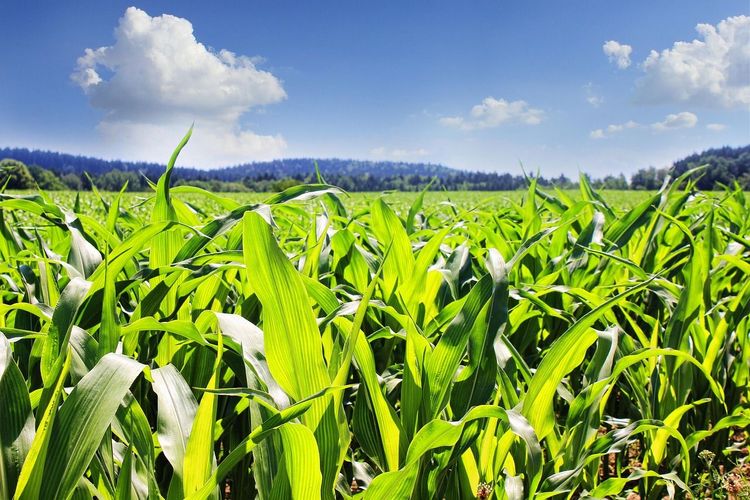Brazil’s Soybean Outlook Declines Despite Recent Rains
Recent rains have benefited the soybean crop in Mato Grosso state, Brazil’s biggest producer of the oilseeds. However, this has been more than offset by deteriorating growing conditions in other states.
Gro’s Brazil Soybean Yield Forecast Model has declined steadily since the start of the year. The machine learning-based model currently indicates that Brazil’s soybean production will fall short of last year’s record output. Erratic rainfall early in the soybean season — too much rain in the south and too little in the country’s center — delayed planting and hurt crop yields.
The daily updating Gro forecast model is included with Gro’s Brazil Soybean Monitor, which also includes drought readings, a supply and demand balance sheet, and other features.
In Mato Grosso, cooler temperatures and widespread rains have brought some relief to drought conditions. The Gro Drought Index, weighted for the state’s soybean growing areas, declined from “severe” drought readings in mid-December to “moderate” drought level currently, according to Gro’s Climate Risk Navigator for Agriculture.
The improving outlook for Mato Grosso drove front month soybean futures on the CBOT down from mid-December into mid-January.
However, soybean conditions have worsened elsewhere in Brazil. Gro’s soybean yield model forecast for Parana, Brazil’s No. 3 soybean state, has dropped by more than 10% in the past two weeks, while Sao Paulo and Mato Grosso do Sul also have seen sizable declines.
Gro’s forecasts indicate limited rainfall over the next two weeks for Brazil’s soybean growing regions in aggregate, as seen in this Navigator display. But greater levels of precipitation will be needed to build soil moisture.
Brazil's CONAB recently cut its estimate for the 2024 soybean crop to 155.27 million tonnes, down from the previous month's forecast of 160.18 million tonnes. Planted area was also reduced to 45.26 million hectares from 45.31 million hectares.
The USDA is expected also to cut its forecast for Brazil soybeans from its current 161 million tonnes when the agency releases the January WASDE report tomorrow, January 12.
Brazil is the world’s No. 1 soybean producer and exporter. It produced a record 160 million tonnes of soybeans last year.
 Insight
InsightGro’s 2024 Watchlist: 3 Forces Shaping Global Climate Risk in the Year Ahead
 Insight
InsightUS Cotton Acreage Will Jump in 2024, Gro Predicts
 Blog
BlogSouth America: Growing Season Snapshot
 Insight
Insight

 Search
Search